In Her Nature – When Research Meets Nature
The Story of Dr. Liat Hadar – Head of Research at Ramat Hanadiv
 News and Events
News and Events
The Story of Dr. Liat Hadar – Head of Research at Ramat Hanadiv
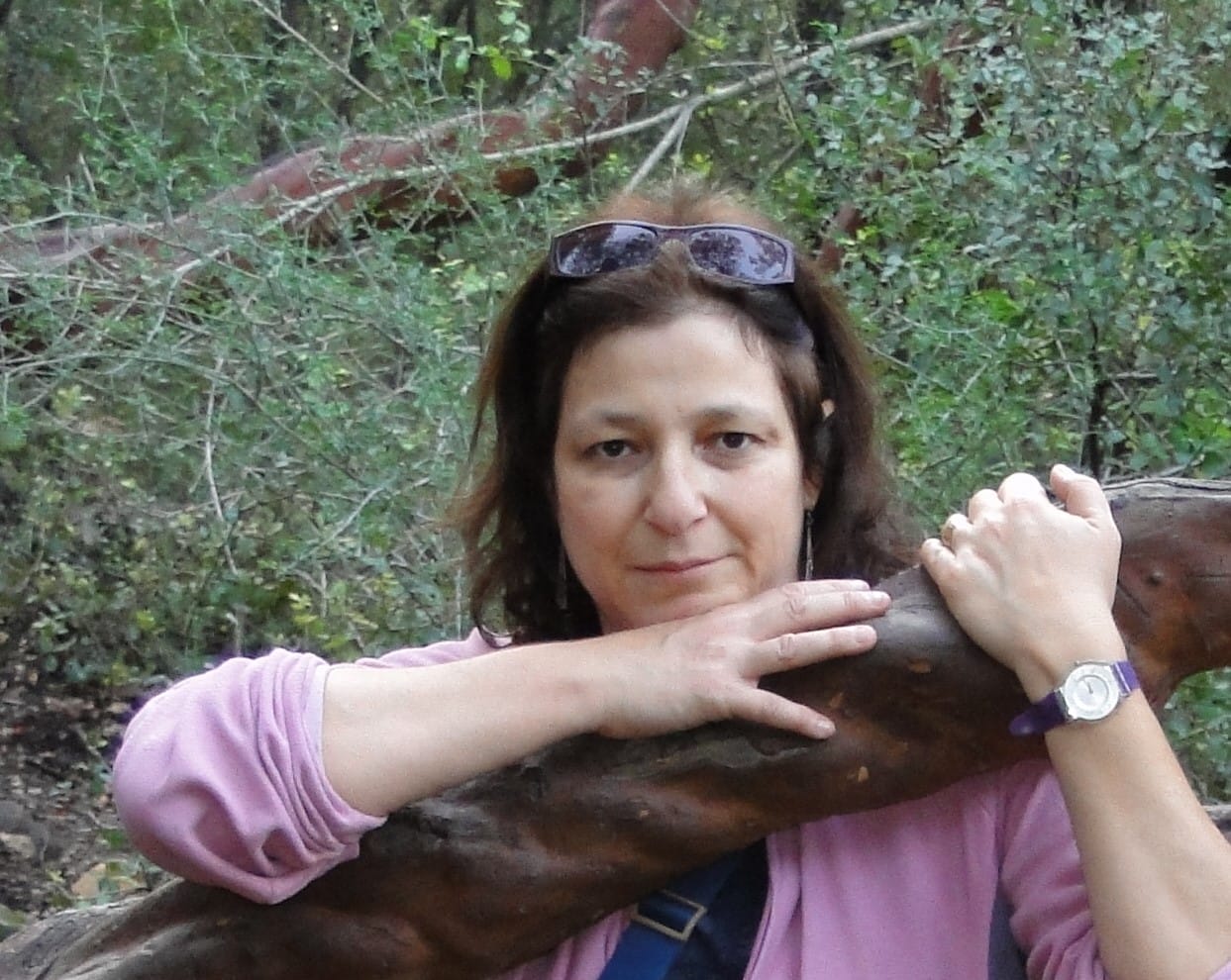
Liat grew up in Jerusalem, in the Beit Hakerem neighbourhood surrounded by nature. Her neighbour, a botanist, who was an integral part of her childhood, was the first to make her natural love more professional – learning about flowers, looking for them and having adventures in the expanses of nature near her home became part of her routine. And ever since then she has felt that nature is in her bones, that nature makes her grateful to be alive.
In high school she combined her two greatest loves – art and biology. In the army she served as an educational NCO and was naturally drawn to teach about love of the land. Throughout her adult life, science and nature have always been intertwined. After years of experimentation and studying art in Paris, she enrolled to study art at Bezalel Academy and biology at university. Eventually, she chose a long-term, in-depth academic study track in the field of biology..”

Science is a very creative thing – there is space for your own interpretation and your own worldview

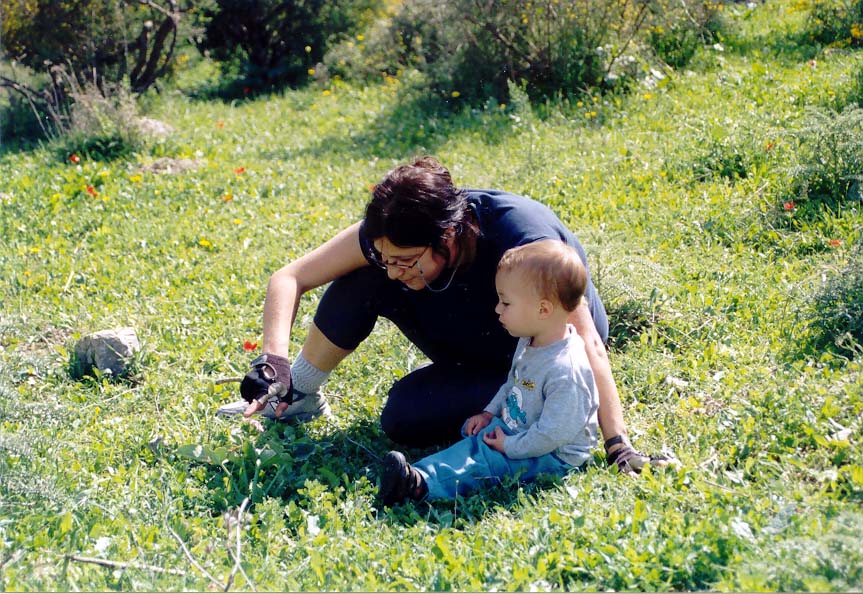
When asked about the seemingly non-intuitive combination of her artistic soul and her research profession she immediately answers, “Science is a very creative thing – there is space for your own interpretation and your own worldview. Science is not really numbers – it’s a perspective, it’s the way you choose to look; and of course today everything is much broader and permissive, and there is something very creative in that”.
At the age of 32 she began a degree in landscape architecture that enabled her to connect the world of plants and nature to the world of art and creativity. She fell in love with the field, and felt that this was a wonderful, unique way to tell a story – one that meets knowledge, nature, art, and people.
In 1980 there was a great fire at Ramat Hanadiv – a fire whose destructive results became definitive and had a great impact on the approach to managing nature in the park.

We need to look at people, municipalities, nature and development throughout the region. Not as owners of the land, but as holders of a broader commitment to the environment.

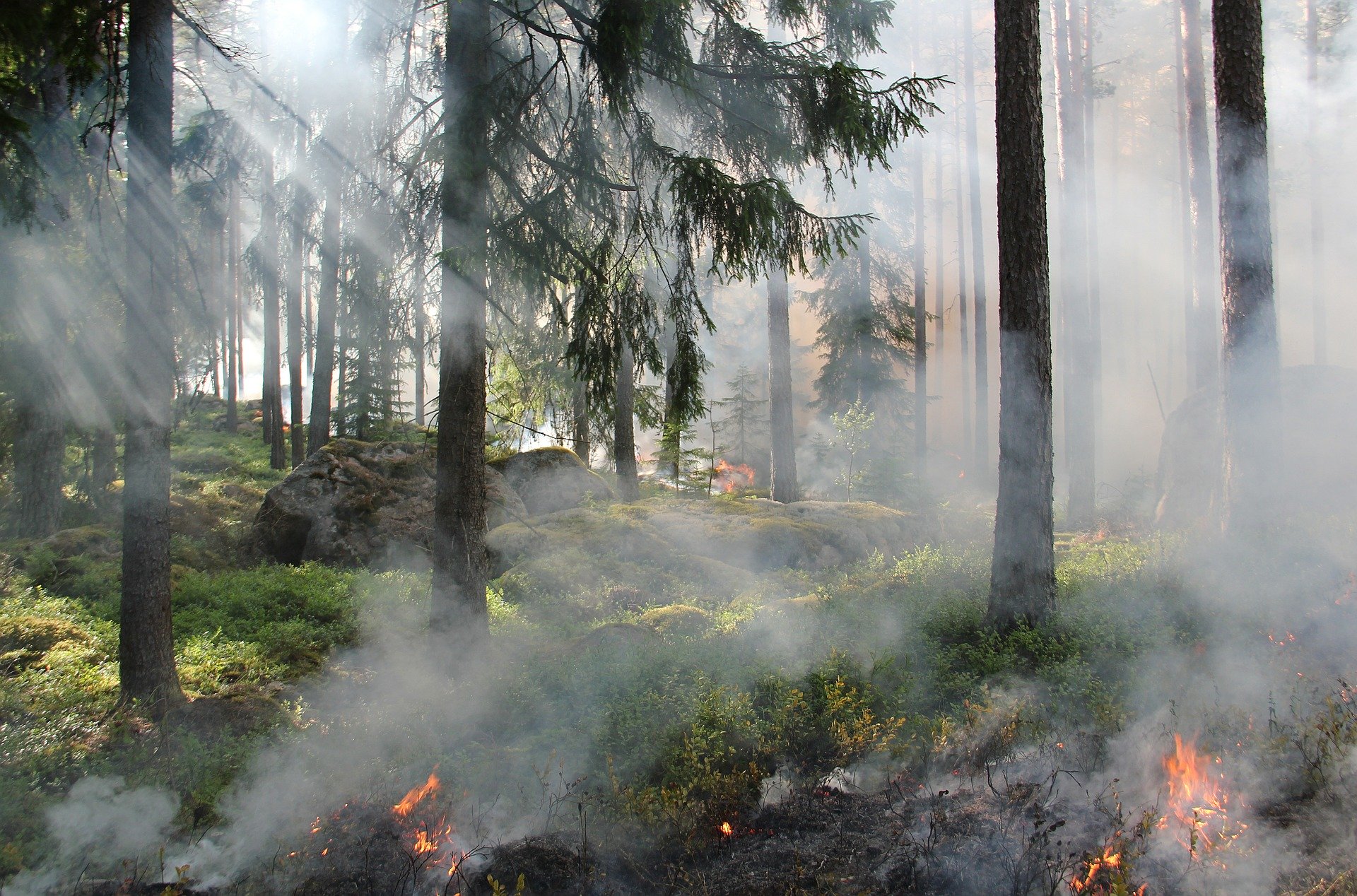
As part of the process of rehabilitating the park and drawing conclusions, Liat was brought in as a master’s student to study the vegetation in the fuel-break at Ramat Hanadiv – an area that had just been set up, in which the vegetation had been shaped in such a way as to make it easier to control any future fires. This area was not sacrificed and cleared of vegetation, but rather it was planned with precise thought with a focus on biodiversity conservation.
This idea, which works in different parts of the world, was imported to Israel, to Ramat Hanadiv. At the end of her degree, Liat travelled to Provence to learn more on this topic and returned to Ramat Hanadiv greatly inspired.
The working model in Provence included in-depth familiarity with the farmers, dialogue, and an interdisciplinary perspective, taking the approach that the scientist does not hold all of the knowledge, and the people in the field have knowledge and experience.
“This model opened up an entire world to me,” Liat relates.
She brought this approach with her to Ramat Hanadiv when she was still a student, and began to collect and analyse the existing data at Ramat Hanadiv.
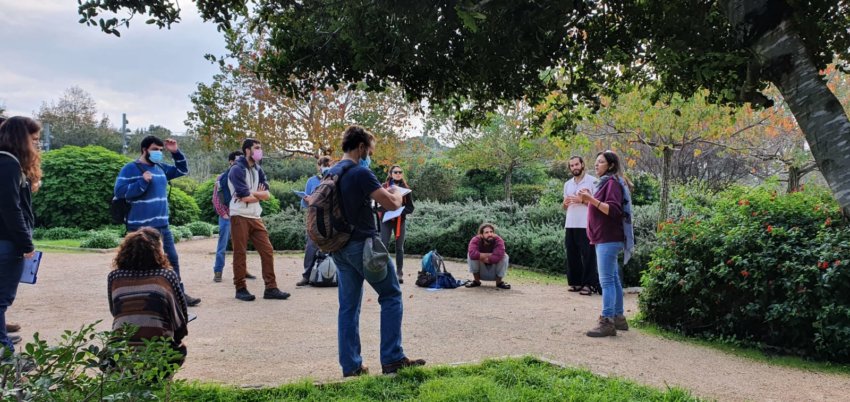
An extraordinary opportunity led Liat to travel to New Mexico and subsequently set up a long-term research station at Ramat Hanadiv. Setting up the station itself was a long, interesting process of studying, thinking, and learning about what’s important to study while being committed to staying relevant at any given moment.
She mapped all of the previous studies that had been conducted at Ramat Hanadiv, and built up a digital database; data assimilation was part of the process, with the aim of understanding the significance of managing the nature park as well as the size of the task.

our research should be strongly focused on people and their connection to nature; in order for people to love nature they must become familiar with it and study it

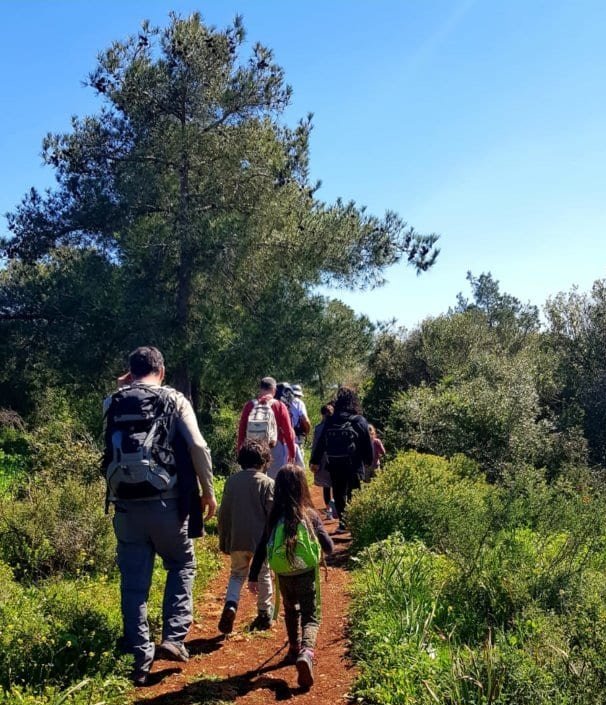
During a visit of expert consultants to Ramat Hanadiv, a researcher named Steven Hamburg, from New York, said, “You are looking at populations, communities and landscapes, but you need to examine the ecosystem perspective, reality and nature in a holistic way. What about water, decomposition and nutrient cycling?”
“This statement and comment opened our eyes and caused a paradigm shift at Ramat Hanadiv in general and within the research team in particular, and a re-examination of the processes – examination of the park as a holistic picture, rather than as a mosaic comprising different stones that are examined separately.
“The next stage began when we understood that Ramat Hanadiv is part of the region in which it is located: we need to look at people, municipalities, nature and development throughout the region. Not as owners of the land, but as holders of a broader commitment to the environment. One of the issues that emphasised this was the need to maintain ecological corridors for the park’s wildlife; this led us to understand that we also need to work outside of the park’s area, because that’s where the animals go, and this requires us to work with municipalities, inform the public, and initiate additional planning and management processes that in the past were not considered part of Ramat Hanadiv’s responsibility.

I have merited to play a role in this ever-important connection between man and nature

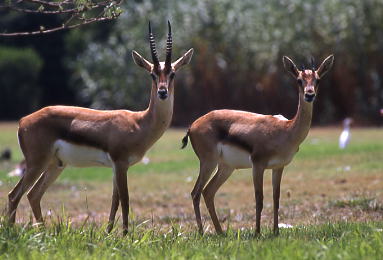
“We understood that our research should be strongly focused on people and their connection to nature; in order for people to love nature they must become familiar with it and study it. These changes caused me to fall in love again and study further and further afield. I even studied this topic within the framework of my PhD, which focused on ways of communicating science to different audiences and improving dialogue among them… we can’t conserve nature without people. And I have also merited to play a role in this ever-important connection between man and nature, and to work in a place that creates myriad connections and opportunities in this context
Did you like it? Join our free mailing list to receive monthly news and updates about activities for the whole family. Register here.
Any question? We will be glad to help